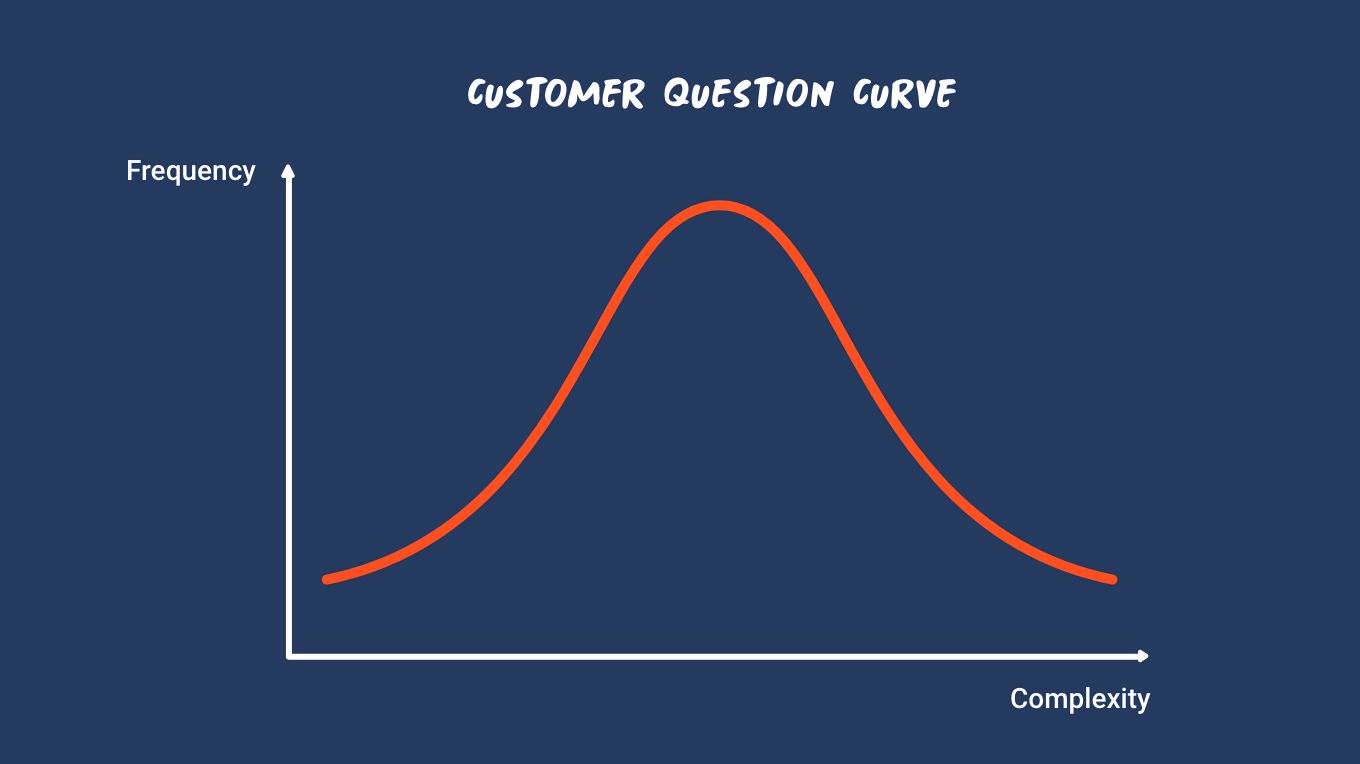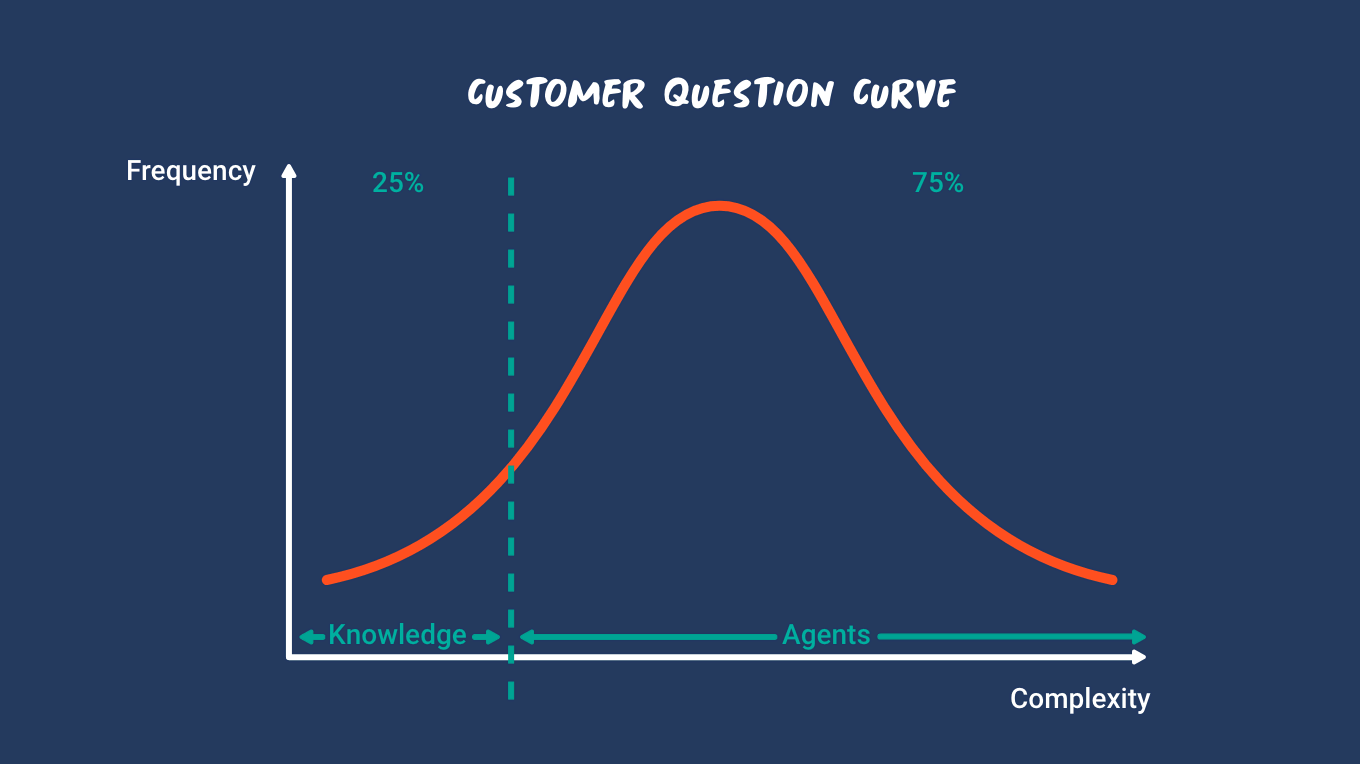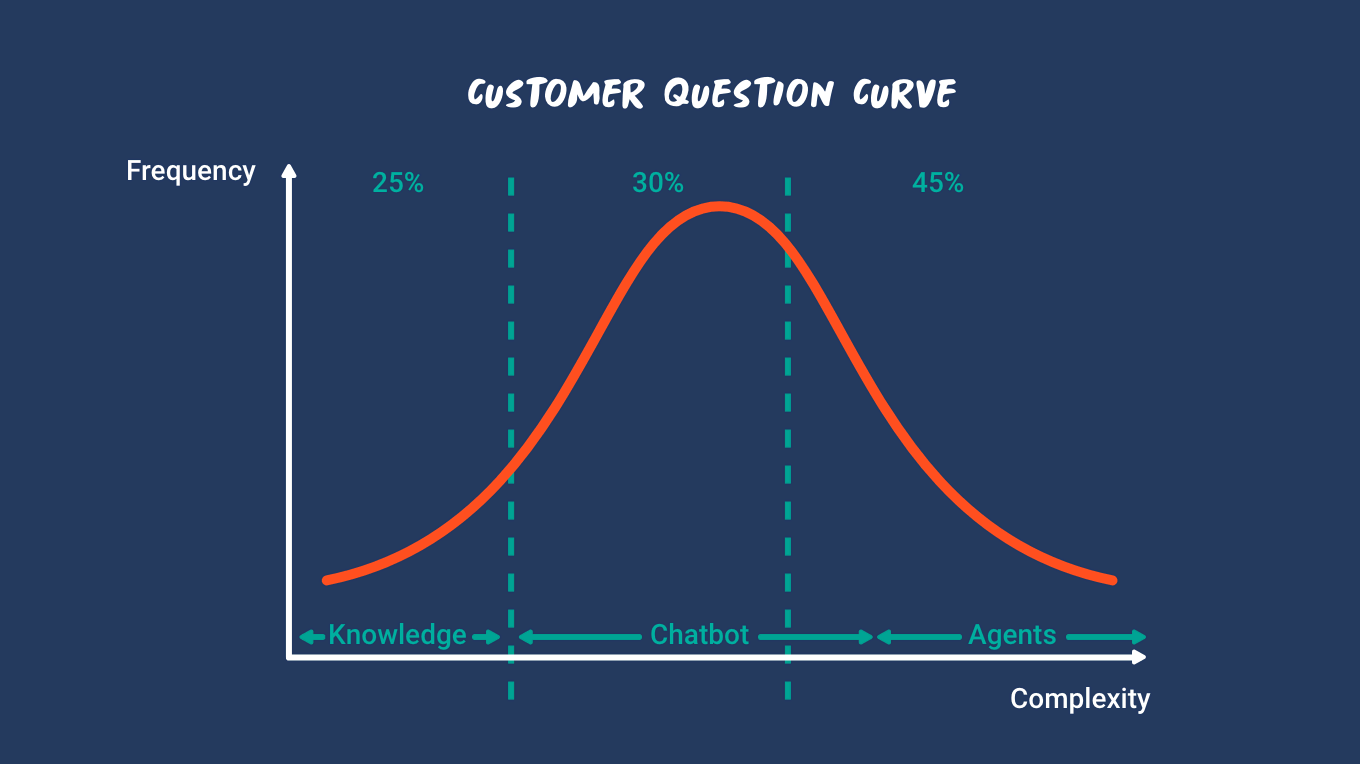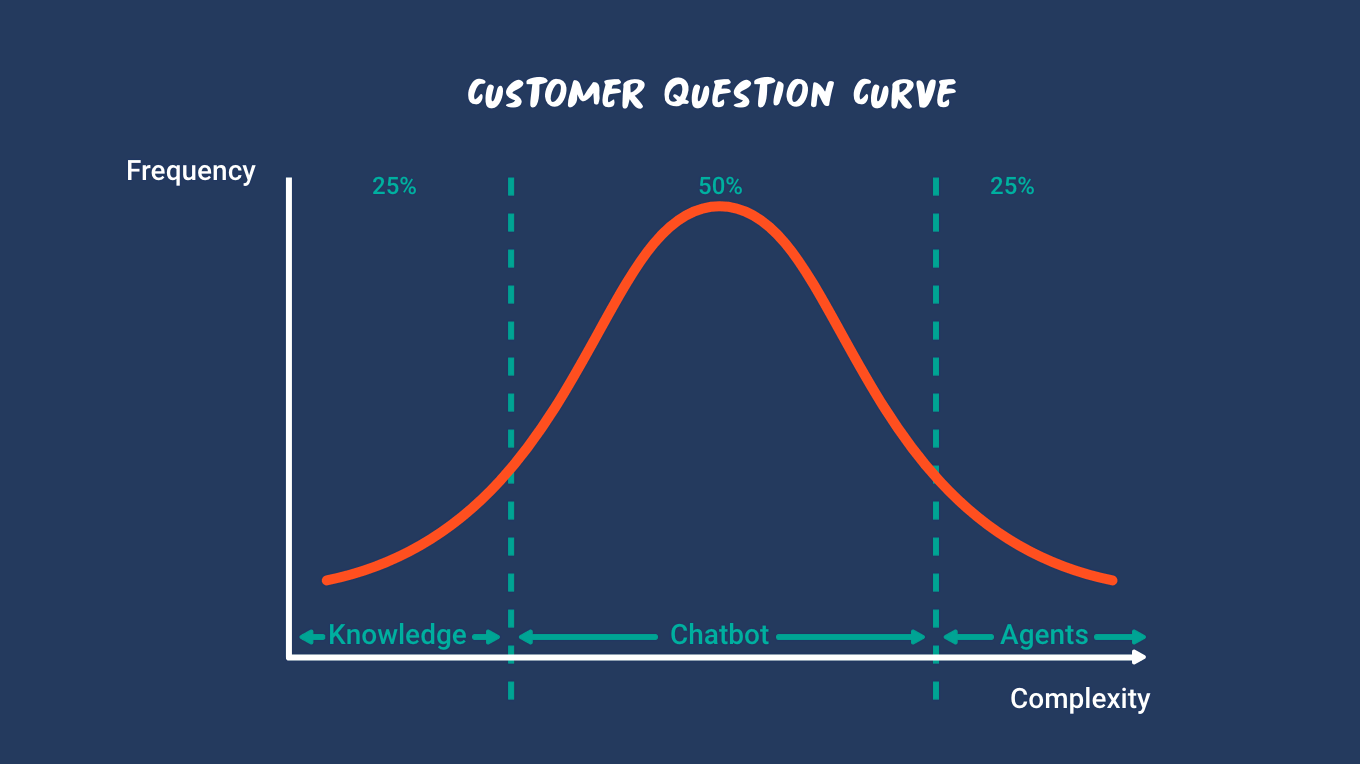Your Genesys Blog Subscription has been confirmed!
Please add genesys@email.genesys.com to your safe sender list to ensure you receive the weekly blog notifications.
Subscribe to our free newsletter and get blog updates in your inbox
Don't Show This Again.

Artificial intelligence (AI) can’t solve 100% of your customers’ problems — at least not yet. And while contact center agents provide the best customer experience, they also come at the highest cost.
Recruiting, onboarding and training highly skilled agents requires time and money. And the experience the agents provide depends on whether they’re available when the customer needs them, if you manage wait times, and if agents can deliver a positive, personalized and empathetic experience.
While some believe using AI and self-service means agents are no longer needed, the reality is that agents, bots and a knowledge base are all pieces of the customer experience puzzle that must work together seamlessly. Each piece comes with a different upfront investment, as well as an ongoing usage cost. And it will return some level of value to the customer experience.
Optimizing just one piece of this puzzle isn’t enough. Relying on agents exclusively can be expensive and difficult to scale. Relying on self-service alone creates customer frustration when an issue is an outlier. The cost and the value is highly dependent on the use case. Here are some general truths to consider:
Organizations look to self-service as a way to create better efficiencies and enable customers to resolve issues faster — on their own terms. But self-service models vary across use cases. Some self-service models are built to handle a very narrow range of questions while others are broad and can scale to address a variety of situations.
Contact center leaders need to find the right balance between knowledge, bots and humans to deliver the best ROI while meeting customer experience objectives. To do this, it’s important to understand use cases and the customer question curve. In your average customer support scenario, you can expect questions that fit into a bell curve like the image below.

Figure 1. A typical customer support scenario distribution of questions
Based on the use case, your curve might bend in various ways. For example, if you were supporting a use case for a theoretical physics lab, even the easy questions will be a lot more complex than those associated with retail banking. The people asking the questions are likely more knowledgeable about the topic, whereas the average retail banking customer has little experience outside of monitoring their balance.
Let’s assume we’re working with a normal distribution and that below-average complexity can be solved through self-service. Above-average complexity requires agent intervention.
A good first step in this scenario is to replace your existing FAQ page with a self-service feature, such as an AI-powered knowledge base. A knowledge base is a body of content that can be searched to surface relevant information based on the query. Knowledge bases are typically made up of articles written by subject matter experts that explain the concepts of a product or service.
Knowledge bases are great for housing a wide range of topics related to a business. AI-enabled knowledgebases can do more than store information. To get started with an AI-based knowledge base on your Genesys Cloud™ platform deployment, you can replace your existing FAQ page with the Support Center feature. You can set this up in minutes with some easy-to- use tools.
The Genesys Knowledge Workbench is an AI-enabled knowledge base that uses semantic search. It’s integrated into self-service and agent assistance.
The Support Center in Genesys Cloud creates a smart knowledge portal for finding information using natural language questions. Genesys is working to further improve this search by taking customer search history and interaction context into account when finding the right information.
The self-service configuration will likely address at least some interactions through self-service search alone. Now, a portion of your interactions, the truly simple ones ( about 25%) are addressed automatically. This means that 75% of your interactions still require an agent.

Figure 2. Typical deflection when first adding knowledge capabilities
Now you have a smart search engine that provides answers to a range of questions. Your customers can interact through natural language, making the experience seamless and fluid. More importantly, you’re collecting data about what your customers are asking.
Using built-in optimization dashboards, you can understand what customers want to know the most. And then you can build out bot flows to address those issues.
At any point, you can build guided menus with your chatbot to help people engage on topics that are most important to them based on your business understanding. This alone can deliver significant ROI as you free agents from having to repeatedly answer the same questions with the same information.
As time passes, you’ll learn more about your customers through the optimization dashboards. You can then add this as training data to your chatbot. And you and add interactivity and personalization to make your chatbot smarter and more conversational.
Any upfront investment in your chatbot is worthwhile. But you can still get started as quickly as possible with nothing more than data on the most frequently asked questions. In this scenario, you expand your ability to offer self-service, as show below.

Figure 3. Early expectations when adding bot flows
As you gather more data from your customers, and invest more time in training your chatbot, you can expect the middle section of the chart to grow and cover more area, as shown below. This comes from having the ability to handle more questions, answer those questions with more precision, and add features such as transactional support and data verification.
And it frees up your agents to spend more time on the more complex conversations, making everyone involved in the process happier.

Figure 4. Expectations after training your chatbot over time
While chatbots and knowledge bases are powerful support tools, they can’t handle everything. Chatbots can step in when knowledge bases fall short. Some questions are too complex, or some customers want the confidence of a human interaction.
Most major chatbot platforms consist of training a natural language model to achieve a more accurate understanding of the users’ questions. They also incorporate some sort of logic builder or flow designer, which can walk a user through each step of the process or conversation, collect information, and answer clarifying questions along the way.
In any case, your support solution should be ready to seamlessly hand off to an agent, passing the context of the conversation along with the customer.
To learn more about how to combine your contact center agents, chatbots and an AI-powered knowledge base to create a personalized and exceptional customer experience, read the ebook “Increase your CX effectiveness with Conversational AI.”
Harshali Desai, Senior Product Manager at Genesys, co-authored this article.
Subscribe to our free newsletter and get blog updates in your inbox.